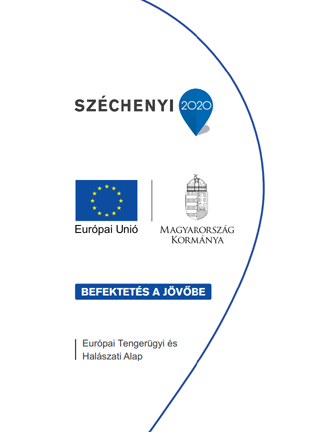
INFESTATIONS OF NOTCHED-THREADFIN BREAM, NEMIPTERUS PERONII, WITH THE PARAPHILOMETROIDES NEMIPTERI, AND THE POTENTIAL USE OF THIS PARASITE AS BIOLOGICAL TAG FOR STOCK DISCRIMINATION; MALAYSIAN STUDY CASE
M. H. Borkhanuddin1,
1Universiti
2Veterinary Medical Research Institute,
Abstract
Notched-threadfin bream (Nemipterus peroni), and to a much lesser extent monocle breams (Scolopsis spp), are important component of commercial and artisanal fisheries of Indo-West Pacific region. The Nemipterus peronii, L., or ‘kerisi’, has high commercial value in
Programajánló
Hírek
Tisztelt Látogatók!
A hazai agrár-felsőoktatás szükséges megújulásának mérföldköve az alapítványi fenntartású Magyar Agrár- és Élettudományi Egyetem (MATE) létrejötte, amely 2021. február 1-től 5 campuson, több mint 13 ezer hallgató számára fogja össze a dunántúli és közép-magyarországi élettudományi és kapcsolódó képzéseket. Az intézményhez csatlakozik a Nemzeti Agrárkutatási és Innovációs Központ (NAIK) 11 kutatóintézete is, így az új intézmény nem csupán egy oktatási intézmény lesz, hanem az ágazat szellemi, szakpolitikai és innovációs központjává válik, amely nagyobb mozgásteret biztosít a képzések, a gazdálkodás és szervezet modernizálásához, fejlesztéséhez. Az összeolvadással magasabb fokozatra kapcsolunk, a kutatói és egyetemi szféra szorosabban fonódik majd össze, aminek következtében még több érdekes, izgalmas kutatás-fejlesztés születhet majd az agrárium területén.
Kérjük, kövesse tevékenységünket a jövőben is a www.uni-mate.hu honlapon!
A szokásostól eltérően az idei évben ősszel, október 03-04 között került megrendezésre az Ultrabalaton csapatversenye. NAIK-os csapat az idei évben állt először rajthoz a 14. alkalommal kiírt versenyen.


